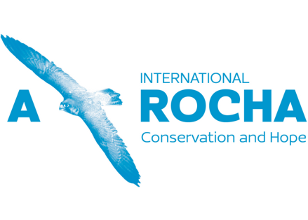Spot the butterflies
In the Ria de Alvor, Portugal, it takes a keen eye to spot the butterflies. A Rocha Portugal know how valuable they are. For the third consecutive year, A Rocha has been carrying out fortnightly surveys of butterflies which are then used as indicators of the health of the environment in mainland Europe, and particularly in Portugal. A Rocha works with ABLE (Assessing Butterflies in Europe), a representative monitoring network, involving thousands of volunteers contributing data to the European Butterfly Monitoring Scheme. The main aim is to create a representative butterfly monitoring network across as many countries as possible in order to improve the conservation targeting and efficiency within the European Union, which then inform EU biodiversity and land use policies, including the Common Agricultural Policy. The data is also used to help assess the health of Europe’s pollinators as part of the EU Pollinator Initiative. It is a great example of a citizen science process to the determine current situation of butterflies and improve the effectiveness of nature conservation methods.
A Rocha’s team have found beautiful examples, such as the Green-striped White Euchloe belemia, Iberia Marbled White Melanargia ines and Cleopatra Gonepteryx cleopatra. The most common species are Small White Pieris rapae, Large White Pieris brassicae and Speckled Wood Pararge aegeria. In 2019-20, A Rocha Portugal carried out 42 separate butterfly monitoring sessions, during which 1,362 individuals were counted, 27 species across four families. It will be exciting this year to see more volunteers and students involved in the study and hopefully establish additional transects in the area.

Swallowtail Papilio machaon. Photo: Jasper Gerhardt
